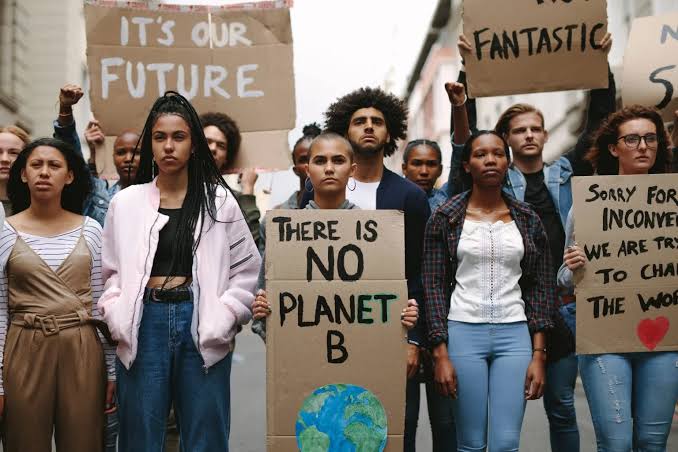By Salman Mansoor
While climate change is a universal threat, the uneven dissemination of knowledge, awareness, and communication infrastructure across the world reveals a deeper inequality within the climate crisis itself. In the Global South—home to some of the most climate-vulnerable populations—climate education remains underfunded, underprioritized, and systematically disconnected from both national curricula and community discourse. This vacuum has created a dangerous delay in public action. In such a context, youth-led media has emerged not merely as a tool, but as an essential infrastructure for climate education.
In my current role at Herald Star as Head of Youth Climate Communications, I have observed a critical correlation: where formal education systems fall short in delivering climate literacy, digital and grassroots media often step in to bridge the gap. Youth communicators, particularly in rural and semi-urban communities, are developing new methodologies for educating the public—from storytelling through local dialects, to short-form video content, to real-time reporting from areas experiencing climate-induced disasters.
Yet, the gap remains substantial. While Article 6 of the UNFCCC calls for public awareness and education as essential pillars of climate action, implementation in the Global South remains largely aspirational. In countries like Pakistan, Bangladesh, Kenya, and Nigeria, climate change is scarcely mentioned in national textbooks, and teacher training programs seldom include modules on sustainability or ecological literacy. This void disproportionately affects the youth, who will inherit the environmental consequences of today’s policy failures but are rarely equipped with the foundational knowledge to mitigate them.
During my engagements with The Society International (Together for Health and Education) and the Global Institute for Sustainable Development, I worked alongside youth in local communities who were innovating without institutional support—establishing school eco-clubs, leading awareness walks, and producing video series in native languages to educate farmers and fisherfolk on sustainable practices. These efforts represent more than community activism—they are early signs of an alternative education model, one that is media-driven, inclusive, and scalable.
However, for these efforts to gain systemic legitimacy, three key developments must occur. First, national climate policies must integrate education and awareness as measurable targets, with funding allocated specifically for youth media training and resource development. Second, climate journalism should be institutionalized as a career pathway for youth, through partnerships between schools, universities, and media platforms. Finally, international bodies such as the UNFCCC must recognize youth-led communication platforms as official actors in climate education—not only during climate weeks and side events, but as consistent contributors to pre-sessional and intersessional workstreams.
Climate communication in the Global South is not just about broadcasting facts—it is about shaping values, behaviors, and public consciousness in real time. The emerging generation of youth communicators are not only telling the climate story—they are writing it, broadcasting it, and teaching it across borders and languages. They are turning data into dialogue, headlines into help, and policies into people-centered messages.
SB62 and COP29 offer an important opportunity to foreground these voices in the global conversation. As climate agreements grow in complexity, the need for transparent, accessible, and youth-informed communication becomes more urgent. Young media professionals in the Global South are positioned uniquely to fulfill this need—grounded in community realities yet connected globally through digital tools.
In conclusion, climate education cannot succeed without climate communication—and in the Global South, youth-led media is the bridge between the two. Recognizing, investing in, and collaborating with these platforms is no longer optional. It is a strategic imperative for climate resilience, equity, and global solidarity.



